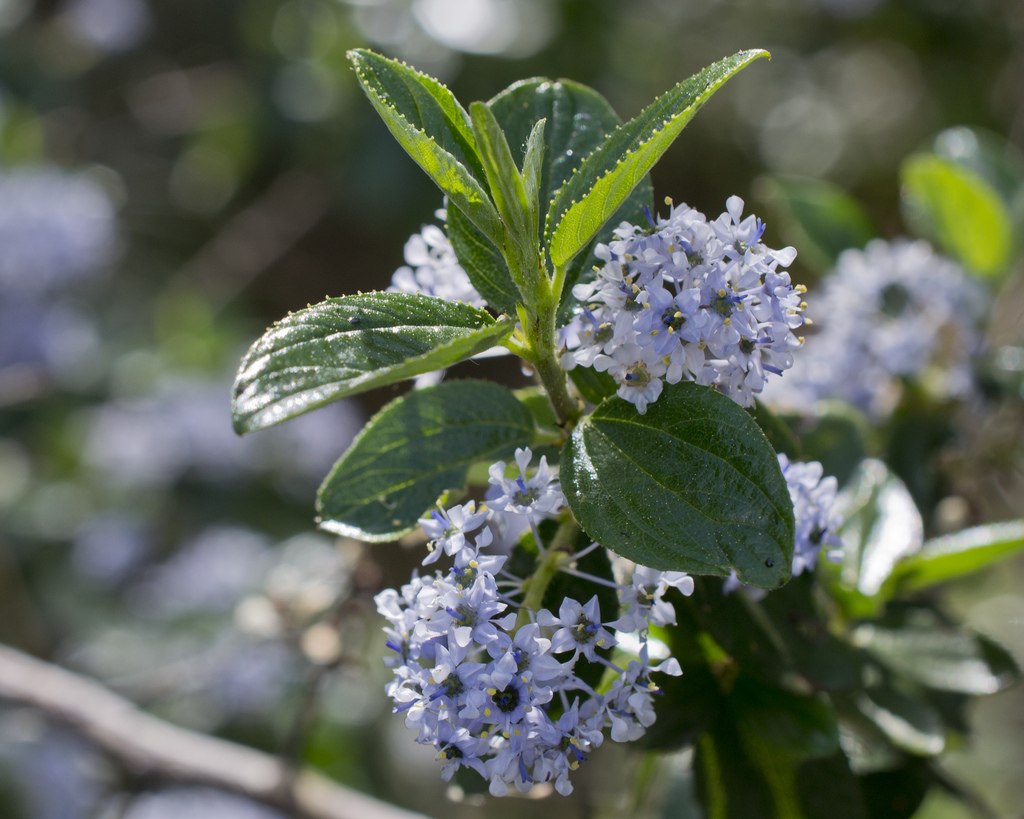
Hairy Ceanothus and Irrigation
How much water a plant requires and when is the primary concern of Pismo Beach area gardeners. Overwatering your hairy ceanothus can kill it. The plant is prone to root rot. Like most California plants, hairy ceanothus requires soil with good drainage. When watering hairy ceanothus, avoid wetting the leaves. This can damage the plant. The best irrigation for hairy ceanothus is to water nearby plants; the roots of the hairy ceanothus will seek out damp soil up to several feet away. When caring for drought tolerant plants, professional irrigation is the best way to ensure that each plant gets the correct amount of water in the best fashion.
One of hairy ceanothus’s many good qualities is that established (over one year old) plants don’t like summer water. When you plant hairy ceanothus, you get a beautiful plant that you really don’t have to worry about watering.
An Attractive Garden Shrub
The “hairy” in hairy ceanothus comes from the prickly appearance of the edges of the leaves and the hairy texture of the undersides. The leaves are a handsome true green and make a gorgeous contrast for the purple flowers. This shrub can grow up to nine feet tall, so it will be stunning when in full bloom. The flowers have a fragrance ranging from pleasant to intense. Hairy ceanothus is another shrub like chamise that prefers a sloping area with rocky soil, so it’s perfect for the bottom of your property. It can also be planted close to the house or patio as a background for shorter plants. Keep in mind that hairy ceanothus will spread out, making it a good choice for barren areas of your yard. It’s a popular choice for hedges.
Sun or Shade?
Hairy ceanothus grows well in full sun, but can also be planted in partial shade. The important thing to keep in mind when placing hairy ceanothus in your garden is that it prefers to face north. If you plant hairy ceanothus in partial shade, it will require even less water than when planted when full sun.
Wildlife and Hairy Ceanothus
The profusion of blue-violet flowers is attractive to butterflies, hummingbirds and other pollinators. You should take precautions against mule deer. Some small animals and ground birds like quail eat the reddish-green berries. Like other large evergreen shrubs, hairy ceanothus provides essential shelter to birds and small wildlife during the winter.
History of Ceanothus
Hairy ceanothus is one of our many California plants that were important to Native Americans. Some tribes used the leaves in herbal teas for different purposes. The Miwok tribe used the branches in basket-weaving.
